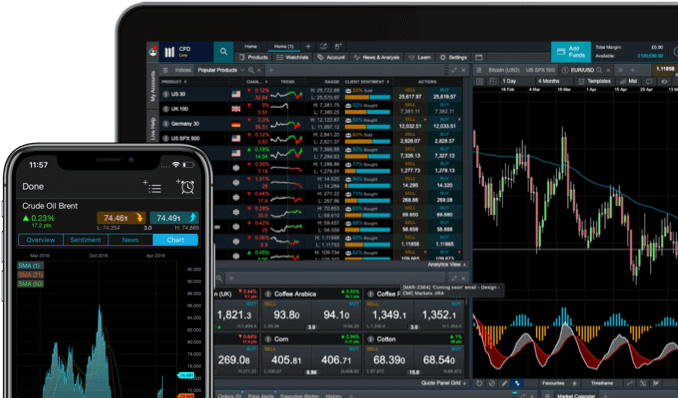To understand a gamma squeeze, a bit of options trading knowledge is required. A call option is the right to buy 100 shares of stock at a given price, called the strike price, within a given amount of time.
When an options trader or investor buys a call option, someone needs to be on the other side of the transaction and be willing to sell them the 100 shares. This other party is usually a market maker – traders who work for an exchange, bank or company and are mainly looking for small steady profits rather than accumulating a massive speculative bet (although they may do this as well).
When many people buy call options from a market maker, the market maker is effectively taking on a large short position in the stock. If the price of the stock rises, they face large losses. To mitigate this, they start buying the stock to hedge their short options position. This ironically has the effect of pushing the stock price up – the very thing they don’t want.
This is where gamma comes in, and to understand gamma, we need to understand delta. These terms are both known as ‘Greeks’, and they tell options traders how the option acts relative to the underlying stock.
Delta is how much the option price will move relative to a move in the underlying stock. For example, a delta of 0.3 means for each US dollar the stock price moves, the option premium will change by 0.3. Delta fluctuates from 0 to 1.
When a stock is trading well below a call option’s strike price, then the delta is near 0. The option premium doesn’t move much. When a stock is trading well above a call option’s strike price then the delta is near 1. For each US dollar the price moves, so will the option.
Gamma is the change in delta for each dollar the stock price moves.
Delta tells the market maker how much they need to hedge. Assume a market maker is short by issuing and selling 1,000 call contracts (100,000 shares) at a strike price of $10 and the stock is currently trading at $8. There is no danger to the market maker because the stock is below the strike price, and not even near it.
The delta may be 0 or 0.1 on a position like this, meaning the market doesn’t need to hedge at all, or they buy 10,000 shares as a partial hedge (delta of 0.1 x 100,000 shares). But if the stock price rises, delta approaches 0.5 at the strike price. Gamma measures this change.
As the stock price rises the market maker must keep buying more stock, further fuelling the rally, to adequately hedge. Delta can also be seen as the probability of an option expiring in the money, so for example, an option with a delta of 0.7 will have a 70% chance of expiring in the money. When the stock is at the strike price the market maker will usually have at least 0.5 of the position hedged, or 50,000 shares in order to cover off the 50% probability that the call will expire above the strike price and their exposure to potentially needing to deliver the shares to the call buyer. As the price keeps rising, so does delta, eventually reaching 1, which means the whole options position must be hedged. That means buying 100,000 shares.
Imagine this on large scale – millions of shares – where a market maker is forced to keep buying as the price rises, adding to the rally with their own buying because they need to hedge a position that could lose a lot of money if the price rises. That is what’s called a gamma squeeze.

















